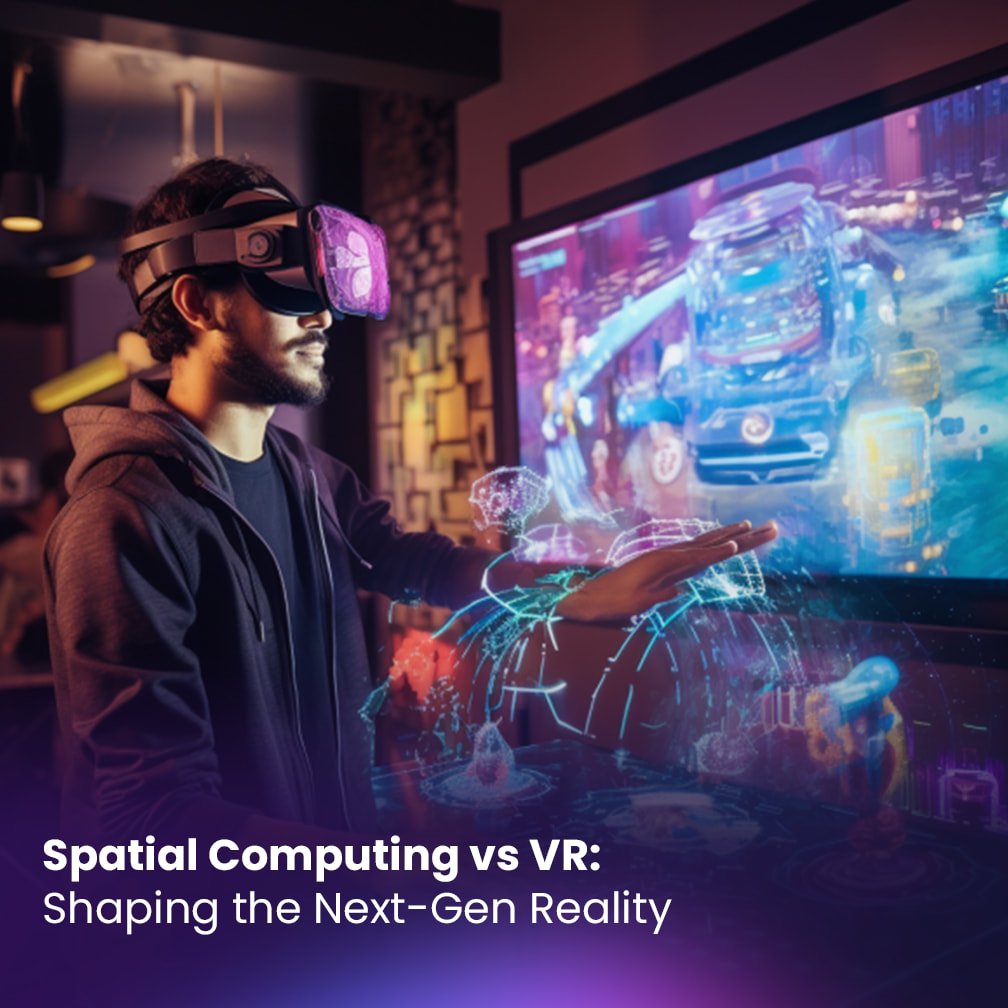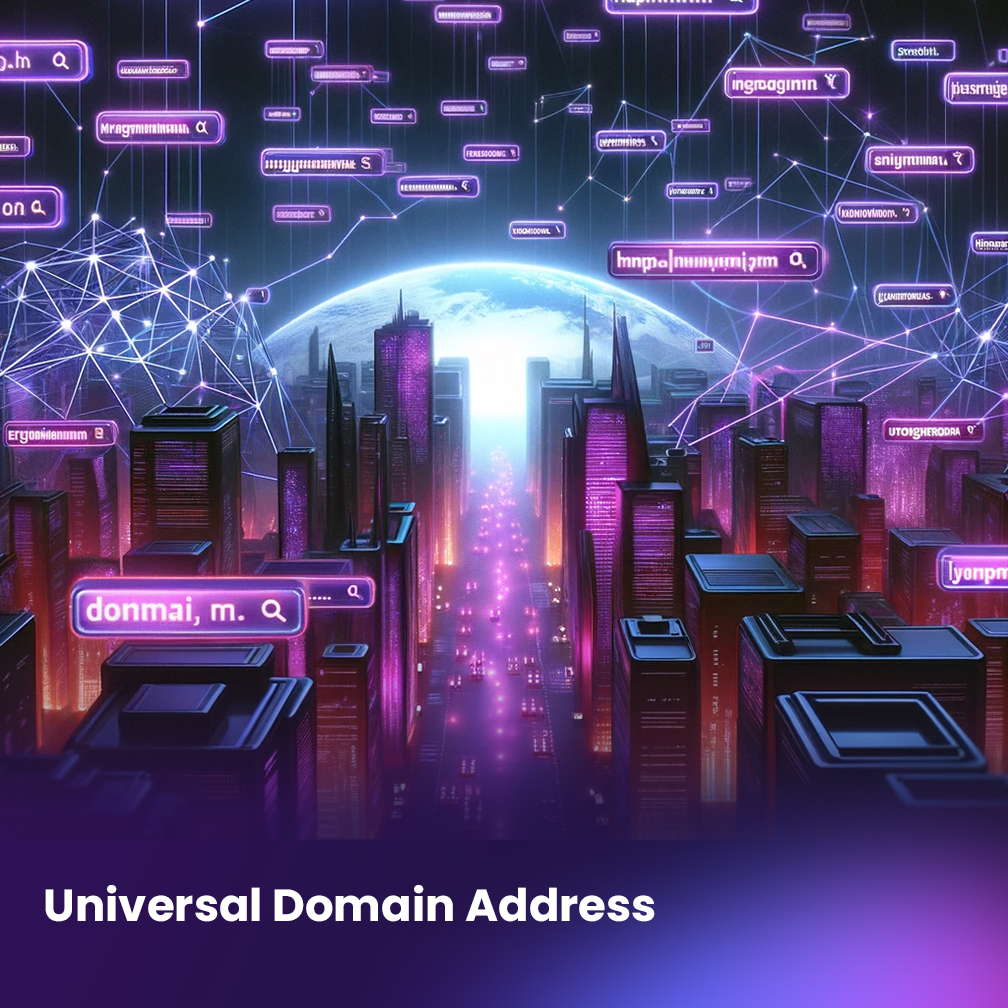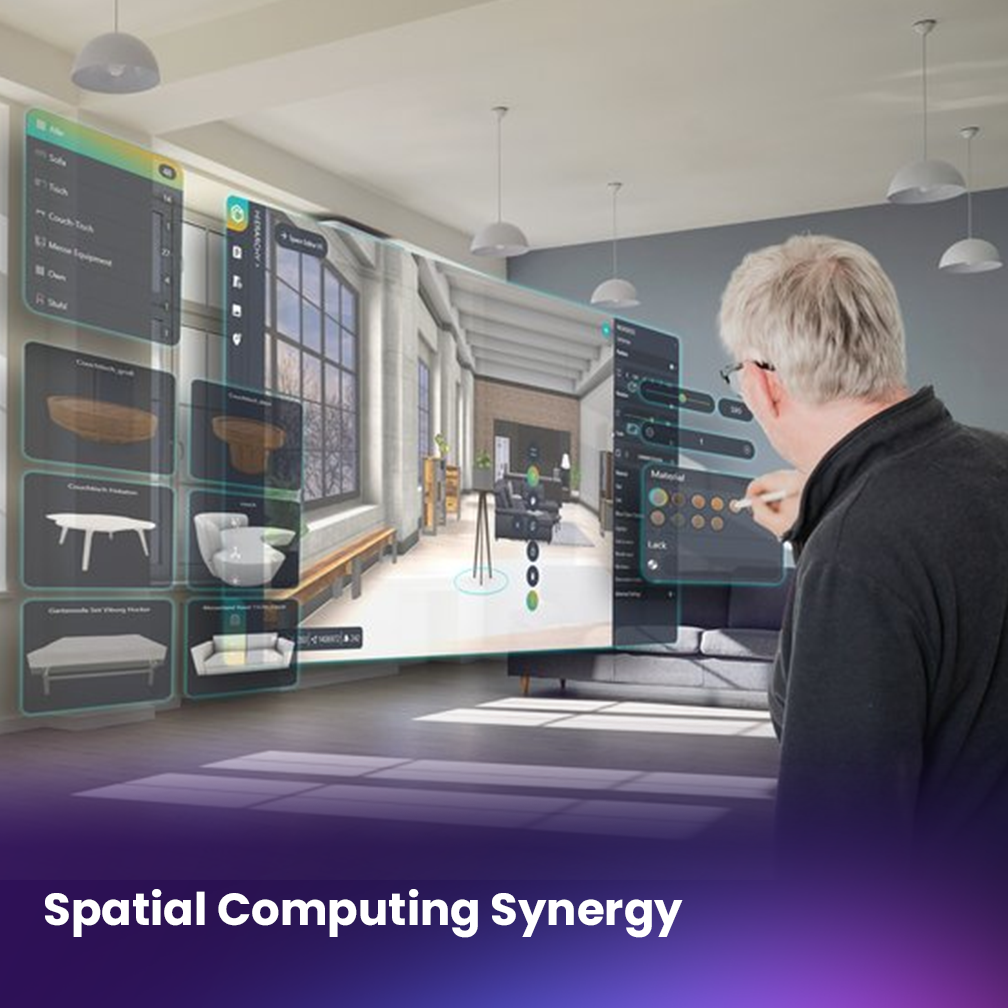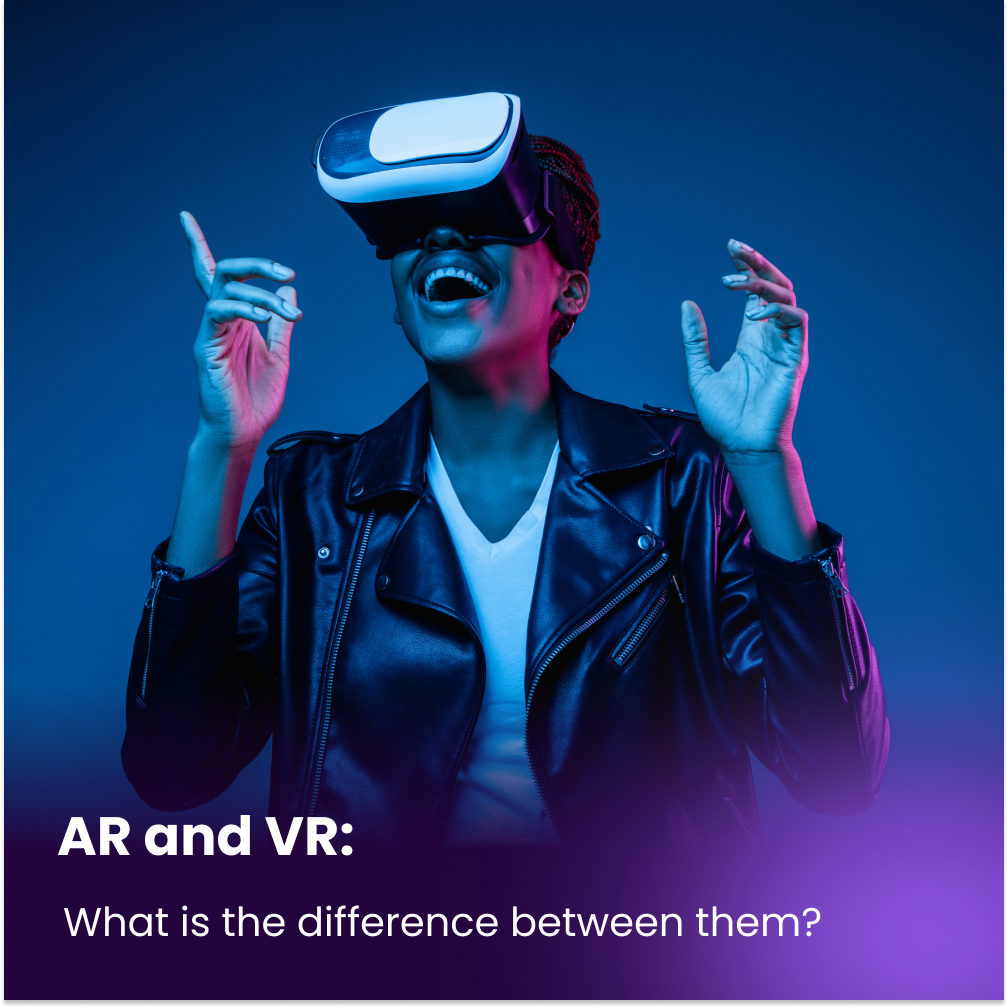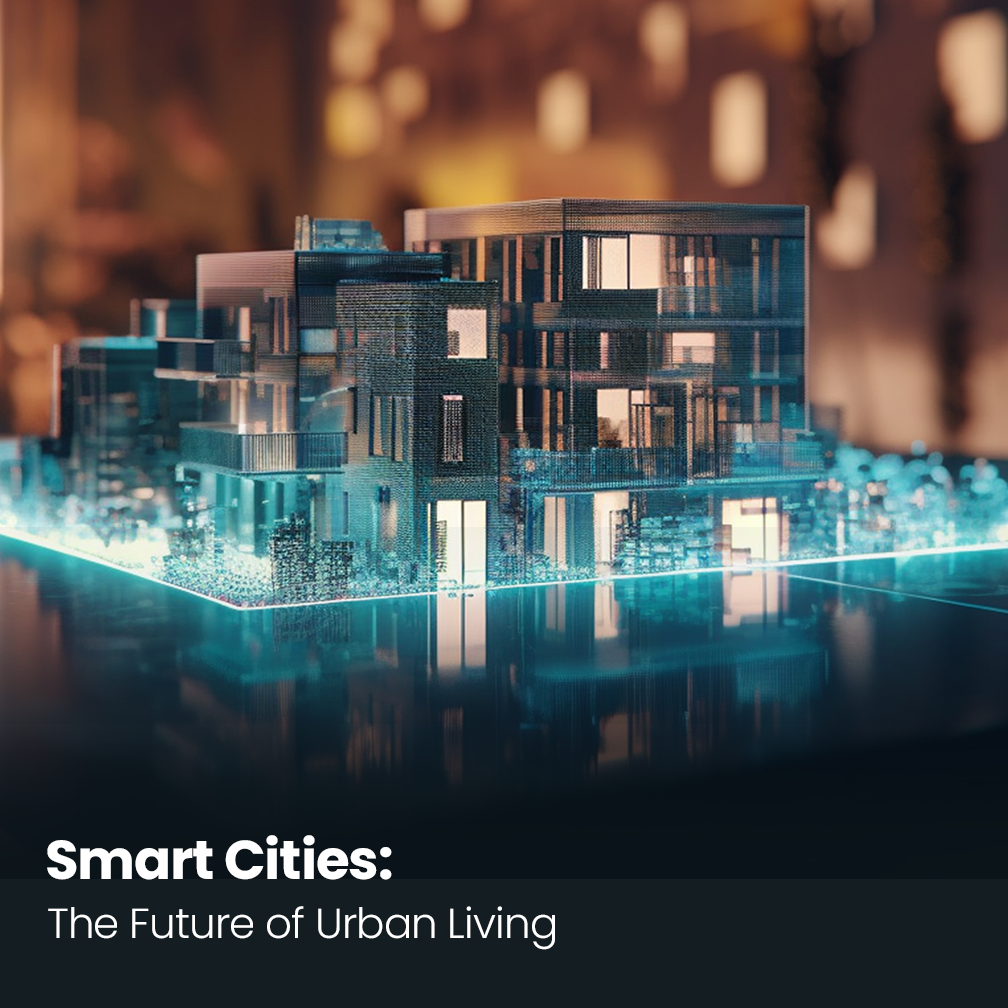
Welcome to the exciting world of urban innovation, where technology and data converge to enhance the quality of life for citizens. In this blog post, we’ll delve into the concept of smart cities, their significance in today’s digital landscape, and the benefits they bring. Get ready to explore how these cities are revolutionizing urban living.
Table of Contents
- What are Smart Cities?
- How Do Smart Cities Work?
- Benefits
- Challenges
- Similarities with Virtual Cities
- Future of Smart Cities
- Conclusion
What Are Smart Cities?
These cities represent a new wave of urban development that leverages technology and data to improve various aspects of city life. These cities embrace information and communication technologies to enhance service delivery, citizen well-being, sustainability, and economic development. In this section, we’ll dive into what they are, how they work, and why they’re an exciting development for the future of urban living.
How Do Smart Cities Work?
These cities harness the power of data and digital technology to make informed decisions and enhance the quality of life. By leveraging real-time data and analytics, those cities enable efficient resource allocation, optimized urban planning, and effective governance. They employ various technologies, including IoT devices, smart energy, smart mobility, transportation systems, and more. These technologies enable cities to better serve their citizens, even amidst rapid growth. For instance, smart traffic signals optimize traffic flow, alleviating congestion during peak hours. Connected technology is employed across operations, leading to more effective, data-driven decision-making, enhanced citizen and government engagement, safer communities, reduced environmental impact, and more efficient public utilities.
Benefits
They bring a multitude of benefits to urban living. They leverage information and communication technologies to enhance service delivery, citizen well-being, sustainability, and economic development. By embracing technology, they make urban areas more efficient. Let’s explore some key benefits of them:
- More effective, data-driven decision-making: They employ real-time data and analytics to make informed decisions, enabling efficient resource allocation, optimized urban planning, and effective governance.
- Enhanced citizen and government engagement: Smart city initiatives foster active participation and collaboration between citizens and government authorities, promoting transparency, inclusivity, and collective problem-solving.
- Safer communities: Smart city technologies, such as surveillance systems, predictive analytics, and emergency response systems, contribute to improved public safety, crime prevention, and emergency management.
- Reduced environmental impact: Smart cities implement sustainable practices, including smart energy management, waste reduction, efficient transportation systems, and green infrastructure, to minimize environmental footprint and combat climate change.
- Improved public utilities: Smart city solutions optimize the delivery of essential services such as water supply, electricity, waste management, and public lighting, ensuring efficient use of resources and enhancing service quality.
- Efficient transportation: They employ intelligent transportation systems, traffic management algorithms, and real-time data integration to alleviate congestion, enhance public transportation, and promote sustainable mobility options.
- Digital equity: Smart city initiatives strive to bridge the digital divide, providing equal access to digital technologies, connectivity, and digital literacy programs for all citizens, fostering inclusivity and equal opportunities.
- Increased security: Smart city technologies, such as video surveillance, sensors, and AI-powered analytics, enhance security measures, enabling early detection of risks, crime prevention, and rapid emergency response.
- Low-carbon emission technology: They prioritize the adoption of renewable energy sources, energy-efficient infrastructure, and sustainable practices, contributing to the reduction of greenhouse gas emissions and environmental sustainability.
- Improved citizen health and wellbeing: Smart city initiatives promote healthier living environments through initiatives like smart healthcare systems, active lifestyle promotion, pollution monitoring, and green spaces, enhancing citizen well-being and quality of life.
Challenges
Like any significant endeavor, smart city development presents its own set of challenges. Understanding and addressing these challenges are crucial for successful implementation and improvement. Here are some key challenges faced by them:
- Privacy concerns: Privacy is a major consideration when it comes to smart city initiatives. The collection and utilization of data raise concerns about the security and confidentiality of personal information.
- Security issues: With the increasing reliance on interconnected devices and networks, smart cities are vulnerable to cyber threats and attacks. Ensuring robust security measures is essential to protect critical infrastructure and citizen data.
- Challenges with legislation: The implementation of smart city technologies often requires updated regulations and policies to address privacy, security, data sharing, and liability issues. Navigating the legal landscape can be complex and time-consuming.
- Lack of suitable infrastructure for smart cities: Building the necessary physical and digital infrastructure is a significant challenge for them. This includes establishing a reliable network infrastructure, deploying IoT devices, and integrating different systems and technologies.
- Transparency and data privacy: Ensuring transparency in data collection, usage, and governance is crucial for building trust with citizens. Smart cities must prioritize data privacy and establish clear policies and practices for handling and protecting data.
- Coordination between public and private sectors: Smart city projects often involve collaboration between various stakeholders, including government agencies, private companies, and community organizations. Coordinating efforts and aligning interests can be challenging but essential for successful implementation.
- Lack of capacity: Building and operating a smart city requires skilled professionals who can manage complex technologies and data analytics. The shortage of talent with expertise in smart city development poses a significant challenge for many cities.
- Infrastructure must be a foundational element: A strong and reliable infrastructure forms the backbone of any smart city. It includes not only physical components like broadband networks and sensor installations but also the digital infrastructure for data management and analysis.
- IT infrastructure must be agile and flexible to scale: As technology advances and cities grow, smart city infrastructure needs to adapt and scale accordingly. Building an IT infrastructure that can handle future demands and accommodate new technologies is essential for long-term success.
Similarities with Virtual Cities
In the realm of urban development and innovation, the concept of smart cities shares similarities with virtual cities. Virtual cities, also known as digital twin cities, are virtual replicas of physical cities created through advanced digital technologies like 3D modeling, data analytics, and simulation. While smart cities focus on leveraging technology and data to enhance urban living, virtual cities take a step further by creating digital representations of cities to facilitate planning, design, and decision-making processes.
The similarities between smart cities and virtual cities are evident in their utilization of technology and data to improve urban environments. Both concepts rely on real-time data, IoT devices, and analytics to make informed decisions and optimize various aspects of urban living. Smart cities use these technologies to enhance service delivery, promote sustainability, and improve citizen well-being, while virtual cities employ them to simulate and visualize urban scenarios, test design concepts, and forecast the impact of urban interventions.
Smart cities and virtual cities complement each other in many ways. The data collected from smart city technologies can be used to create and update virtual city models, providing a dynamic and accurate representation of the urban environment. Virtual cities, on the other hand, can serve as a testing ground for smart city initiatives, allowing planners and policymakers to assess the potential outcomes and challenges before implementing them in the physical world.
While smart cities and virtual cities have their unique focuses and applications, their convergence can lead to even more powerful and comprehensive urban development strategies. By combining the benefits of real-time data analysis, physical infrastructure optimization, and virtual simulations, cities can make more informed decisions, improve resilience, and create more sustainable and livable environments for their citizens.
As technology continues to advance, we can expect smart cities and virtual cities to become increasingly interconnected, supporting each other in creating smarter, more efficient, and more resilient urban environments. The synergy between these concepts holds great promise for the future of urban development.
Future of Smart Cities
No doubt they are the future of urban living. They offer a range of benefits, including more efficient use of resources, improved quality of life, and more sustainable development. The more problems a smart city platform can solve, the more likely it is to be adopted. The path toward the adaptive city is a multi-year journey, and all stakeholders must view it as a long-term infrastructure project while addressing the immediate need for short-term solutions to simplify our increasingly digital, connected, and complex world. As technology continues to evolve, we can expect them to become even more efficient, sustainable, and innovative.
Conclusion
Smart cities are a new concept in urban living that leverages technology and data to improve the quality of life for citizens. They offer a range of benefits, from improved service delivery and enhanced citizen engagement to sustainability and economic development. However, they also face challenges, including privacy concerns, security issues, and the need for suitable infrastructure and coordination between stakeholders. Despite these challenges, they are the future of urban development, and as technology continues to advance, we can expect them to play an increasingly important role in creating sustainable, livable cities for the generations to come.
